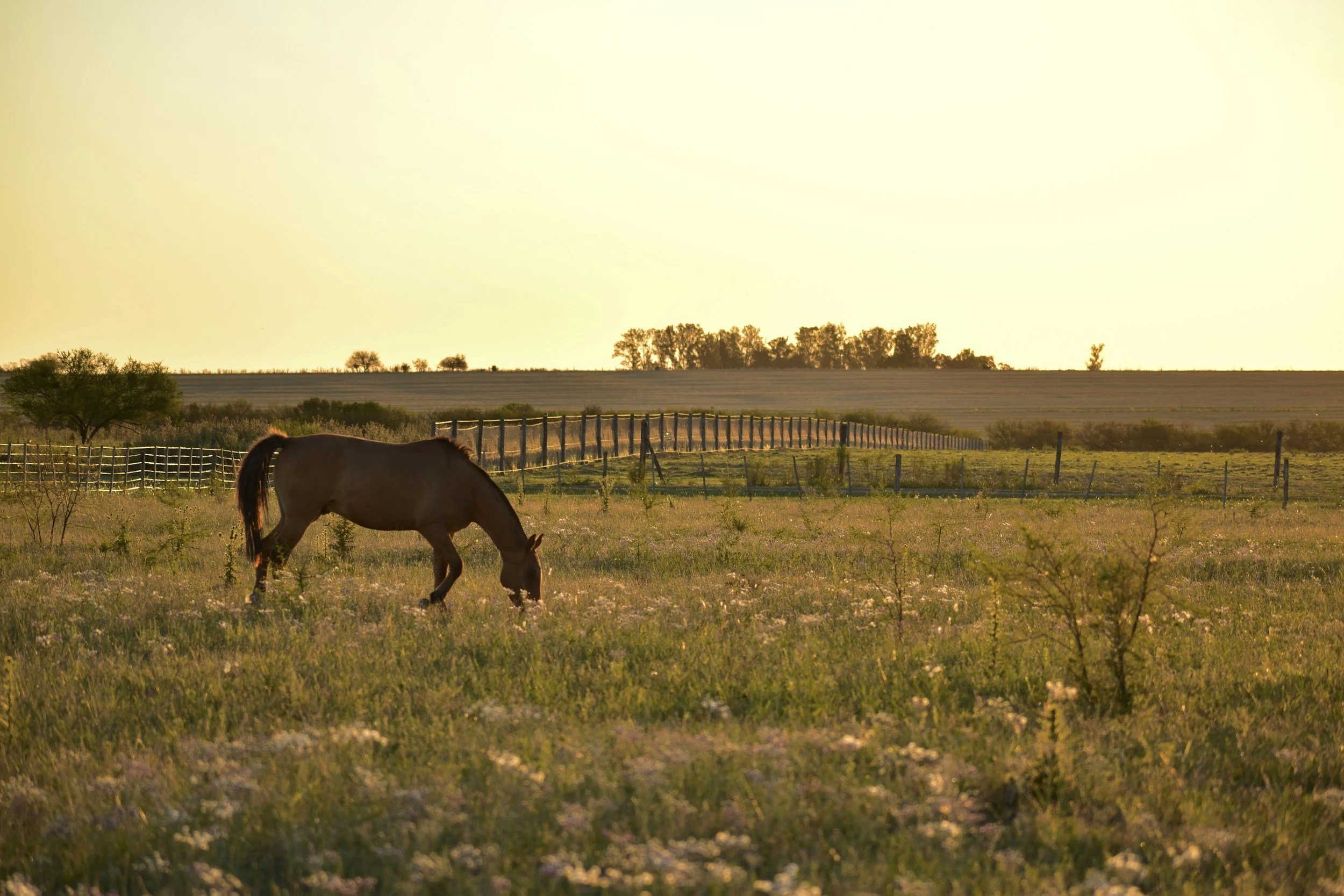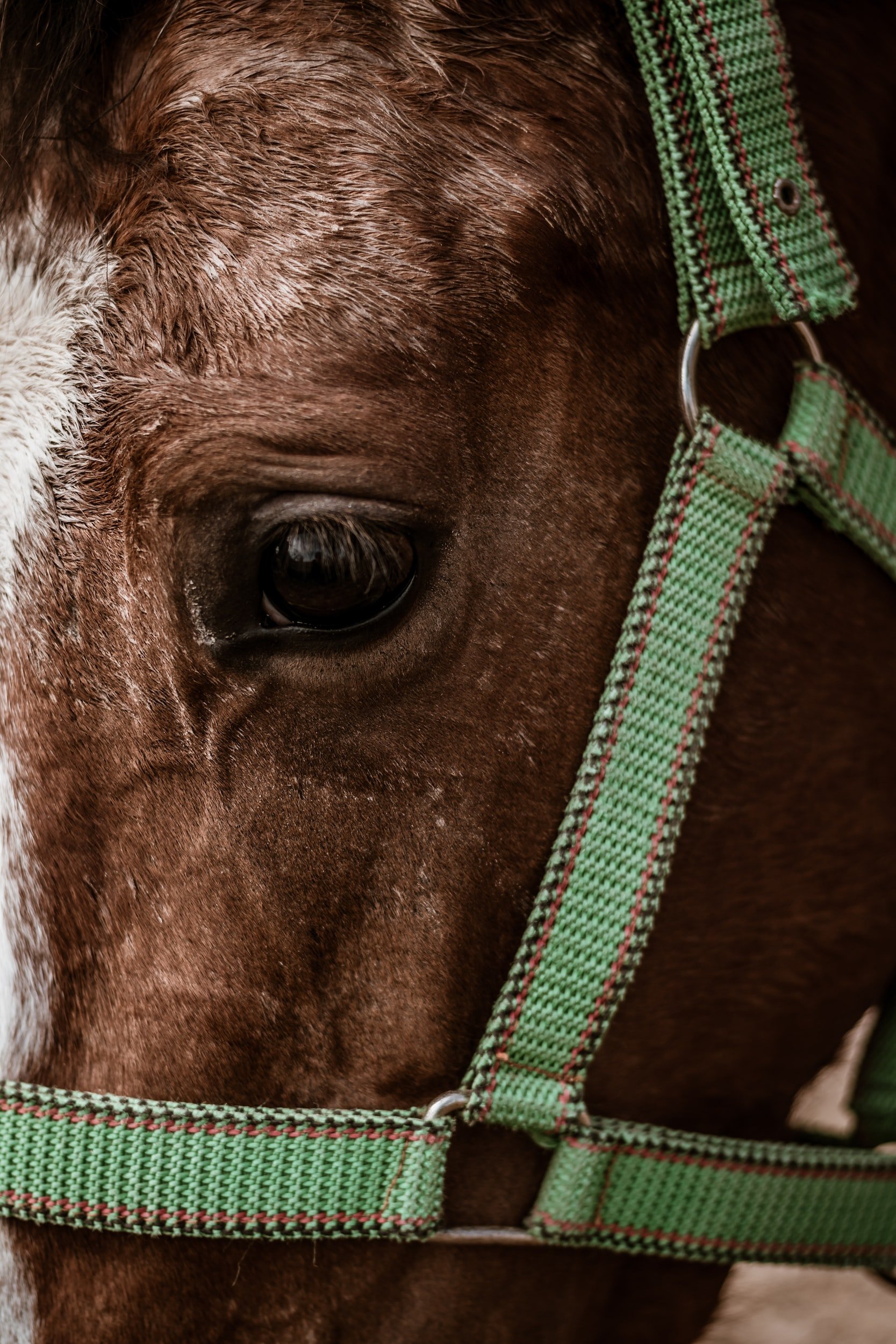By: Jessica Durden, Staff Member
The American taxpaying public is going to pay a higher price for the privilege of being obese. After sugar processors began threatening to default on an $862 million government price-support operations-financing loan, the U.S. Department of Agriculture posited buying an astounding 400,000 tons of sugar to save the industry.[1] American sugar prices have plummeted since October, falling 18 percent.[2] The USDA proposed this large sugar purchase in an effort to put an end to the price plunge and begin raising the price of sugar. The trickle down effect of this buy-out could impact candy heavy hitters like Mars Inc., Nestl
é, and Hershey and, therefore, raise the retail prices on cash-strapped consumers.[3] The USDA loans were a part of an annual program which sprang from the 1934 Sugar Act and was designed to avoid impact on the taxpaying public.[4] However, the monetary effect could still hit the economy: the last time USDA bought out the loans in 2000, the buyout failed and the loan program lost a total of $295 million.[5]
On Valentine's Day 2013, a bipartisan House of Representatives proposed a corresponding bill for sugar reform.[6] The last time a bill to reduce sugar subsidies came up, strong opposition from sugar-producing states killed it.[7] So while proponents of the bill note that the sugar industry was the only industry under the farm bill that did not get slashed in 2008, sugar producers plead that reducing the sugar subsidies will kill employment prospects in the industry.[8] But Republican Representatives and Senators, recognizing the incredible potential for taxpayer and consumer loss, promote the bill on the basis of evening the playing field.[9] U.S. consumers, as of February 2013, were paying 30 percent more for sugar and sugar-based products than international consumers.[10] A USDA buyout would end up sending the bill down to taxpayers via rising food costs.[11]
A potential final decision is due soon, provided that domestic sugar prices make a rebound.[12]
___________________
[1] Alexander Wexler,
Big Sugar is Set for a Sweet Bailout
,
Wall. St. J.,
March 12, 2013, http://online.wsj.com/article/SB10001424127887324096404578356740206766164.html#.
[2]
Id.
[3]
Id.
[4]
Id.
[5]
Id.
[6] Sidney Van Wyk,
A fresh attack on sugar subsidies
,
The Wash. Times,
Feb. 14, 2013, http://www.washingtontimes.com/news/2013/feb/14/a-fresh-attack-on-sugar-subsidies-current-congress/#.UVNCv0aMnNw.email.
[7]
Id.
[8]
Id.
[9]
Id.
[10]
Id.
[11]
Id.
[12] Wexler,
supra
note 1.











